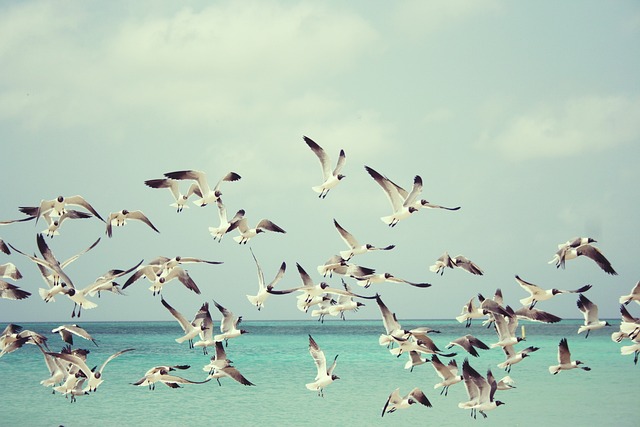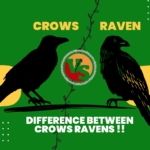There’s nothing more beautiful than enjoying birds from your home garden, both in their form and song. You could have the privilege of admiring stunning bird and taking part in your local conservation if you are keen on making bird visit your garden. We can help you by providing information about how to easily make your garden a bird haven.
Why Attract Birds to Your Garden?

Let us, first, understand the merits of having birds in your open area:
- Birds act as pest control : Most birds consume insects, preventing pests like mosquitoes and caterpillars.
- They act as agents for pollination: Hummingbirds are just a few species that help with the pollination of flowers and plants.
- Birds act as weed control agents: Seed eating birds prevent weed growth by eliminating unwanted plant seeds.
- Natural Beauty: They add color, movement, and a calm atmosphere to your garden.
- Biodiversity: Promoting birds helps the local ecosystem while other wildlife.
Now, let’s explore the core strategies that will make your garden a bird paradise.
1. Provide a Variety of Bird Feeders
Food is the best method to attract birds. Various species of birds have a different preference for different types of food, so a variety of food will attract different visitors.
Best Bird Feeders to Use:
- Tube Feeders – Ideal for small birds like finches, chickadees, and nuthatches.
- Hopper Feeders – Great for attracting cardinals, sparrows, and jays.
- Platform Feeders – Suitable for ground-feeding birds like doves and black-birds.
- Suet Feeders – Perfect for woodpeckers, nuthatches, and starlings.
Best Bird Foods to Offer:
- Sunflower Seeds – A favorite among many birds, especially cardinals and finches.
- Nyjer (Thistle) Seeds – Loved by goldfinches and siskins.
- Suet Cakes – Ideal for woodpeckers and insect-loving birds.
- Fruits – Apples, berries, and oranges attract orioles and thrushes.
- Nectar – Essential for hummingbirds and other nectar-feeding birds.
2. Offer a Clean and Reliable Water Source
They require water for drinking and bathing. This will make your garden a favorite stop for feathered visitors.
Tips for Bird Watering Stations:
- Bird baths should be placed in a shaded area and cleaned frequently to avoid the deposition of bacteria.
- Moving water in the form of fountains, drippers, or misters can also bring more birds near because of their sound.
- Winter water source – If you live in a cold area, consider a heated birdbath to prevent water from freezing.
3. Create Natural Shelter and Nesting Areas
They require safe spaces to rest, hide from predators, and build nests. Providing shelter is hence one of the most important elements for their survival, as they would like to stay longer in well-endowed zoos.
Ways to Provide Shelter:
- Plant native trees and shrubs – dense foliage provides protection and nesting sites.
- Leave dead trees standing – cavity-nesting birds like woodpeckers and owls prefer dead or hollowed-out trees.
- Install birdhouses or birdhouses that are the correct size for specific species and are well-positioned in areas that are safe from predators.
4. Grow Bird-Friendly Plants
The right choice of plants will offer birds natural food sources and nesting materials.
Best Plants for Attracting Bird:
- Berry Bushes – Elderberries, holly, and dogwood attract fruit-loving birds.
- Flowering Plants – Coneflowers, sunflowers, and milkweed serve as seeds for birds.
- Nectar-Rich Flowers: These are Trumpet vine, bee balm, and salvias that attract hummingbirds.
- Native Trees – Oak, maple, and pine give birds shelter and insects to eat.
5. Avoid Pesticides and Harmful Chemicals
Pesticides can be toxic to birds and kill many insects, thereby reducing their food supply. However, organic gardening alternatives include:
- Companion Planting : Plant companion species that repel pests naturally.
- Introduce beneficial insects : such as ladybugs and praying mantises, which help control pest populations.
- Hand Picking of Pests : the easy and non-chemical way to protect your plants.
6. Maintain a Safe Environment
Your feathered guests should be free from hazards in a bird-friendly garden.
Ways to Keep Birds Safe:
- Avoid window collisions : using decals, netting, or blinds to reduce reflections.
- Keep Cats Indoors: Outdoor cats are one of the greatest threats to birds.
- Avoid Toxic Plants : Some plants can be harmful to birds if ingested. Research before planting.
7. Be Patient and Observant
This attracts birds over time. Observe the species coming and change the strategy according to their preference. Enjoy the transformation of your garden into a bustling bird sanctuary!
Final Thoughts
Not only is creating a bird-friendly garden good for birds, but it’s also great for you, the nature lover. With the provision of food, water, shelter, and a safe haven, you’ll attract different bird species, which you can then enjoy year-round.
Start small, be consistent, and pretty soon, your garden will be filled with beautiful birds bringing joy and life to your outdoor space.









